Early-Middle Woodland (3,000-1,000 Years Ago)
The Early to Middle Woodland Period is characterized simultaneously by long-distance trade networks and the development of more densely populated areas as people occupied more permanent home settlements. Many groups, including the Wampanoag, amassed larger populations but still moved seasonally, returning to the same locations year after year to acquire resources. During this time, pottery, which had previously been manufactured in a very limited area, became widespread and replaced stone bowls while bows and arrows replaced spears, transforming both hunting and regional conflict.

Items
-
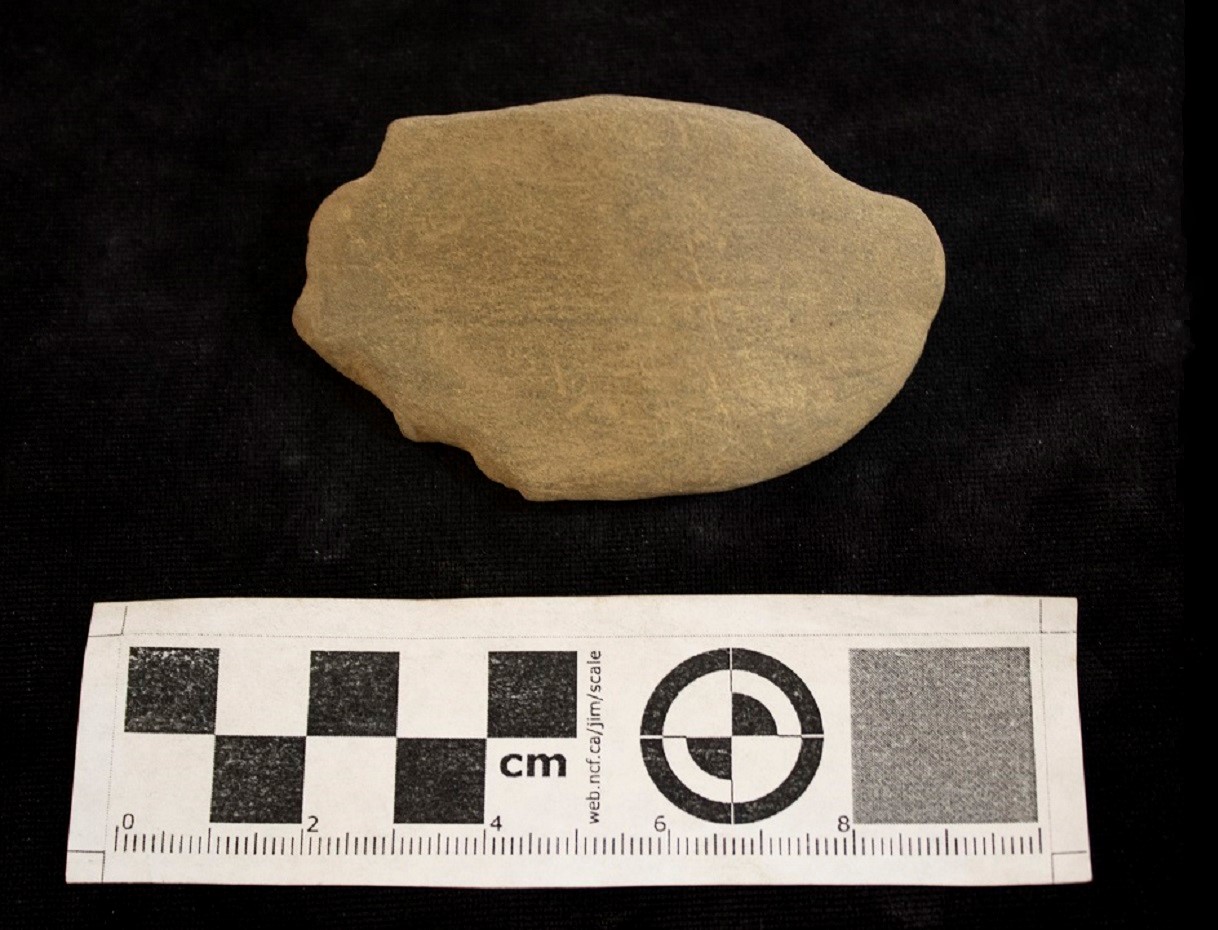
Abrader
-
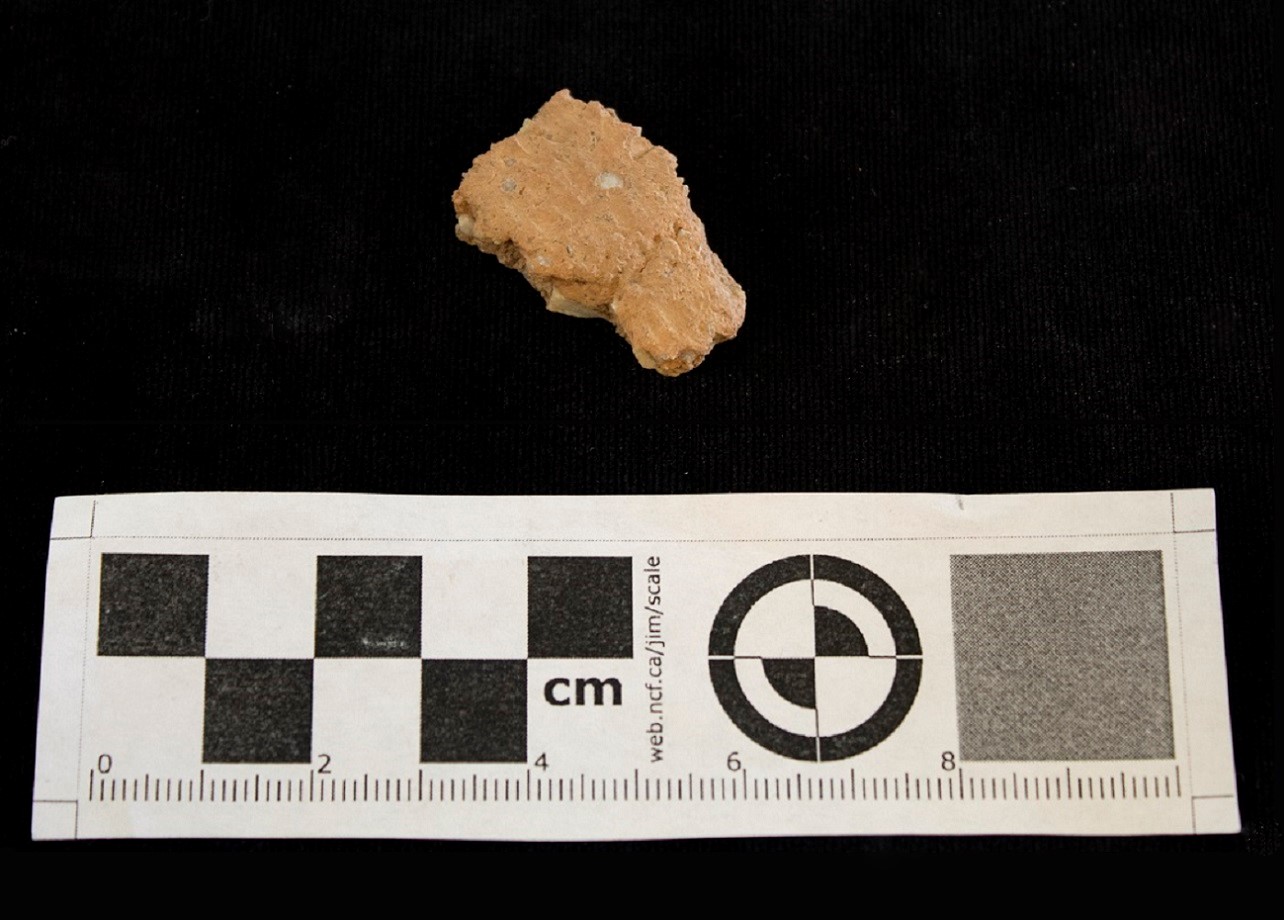
Native Ceramic Sherd
-
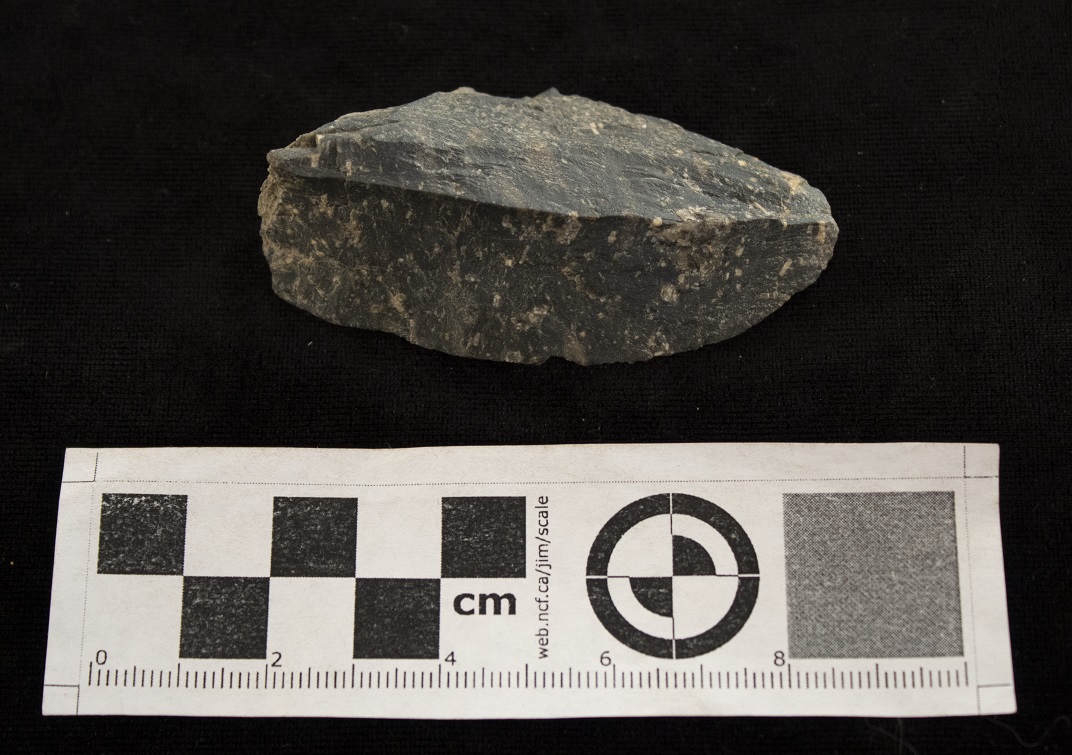
Scraper
-
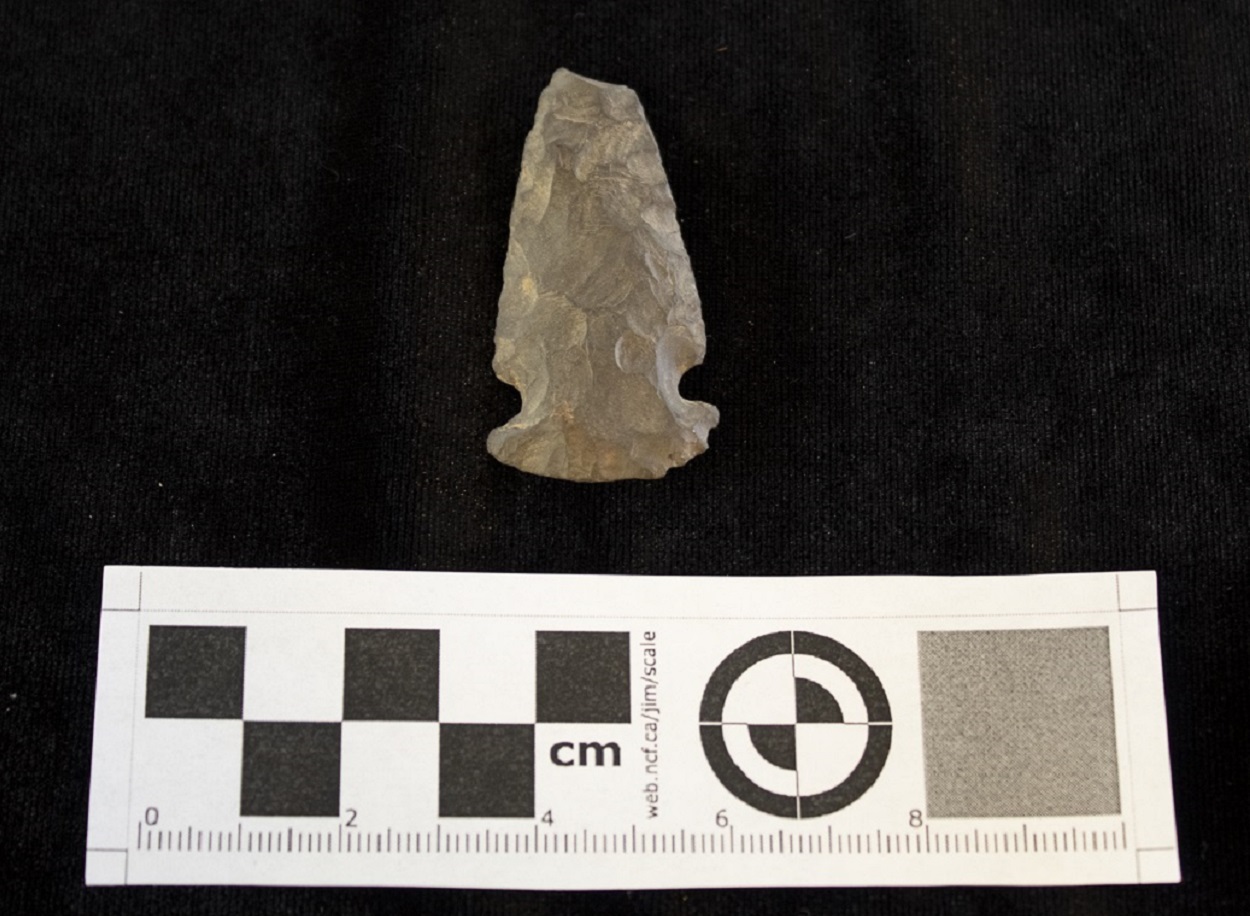
Meadowood Point
-
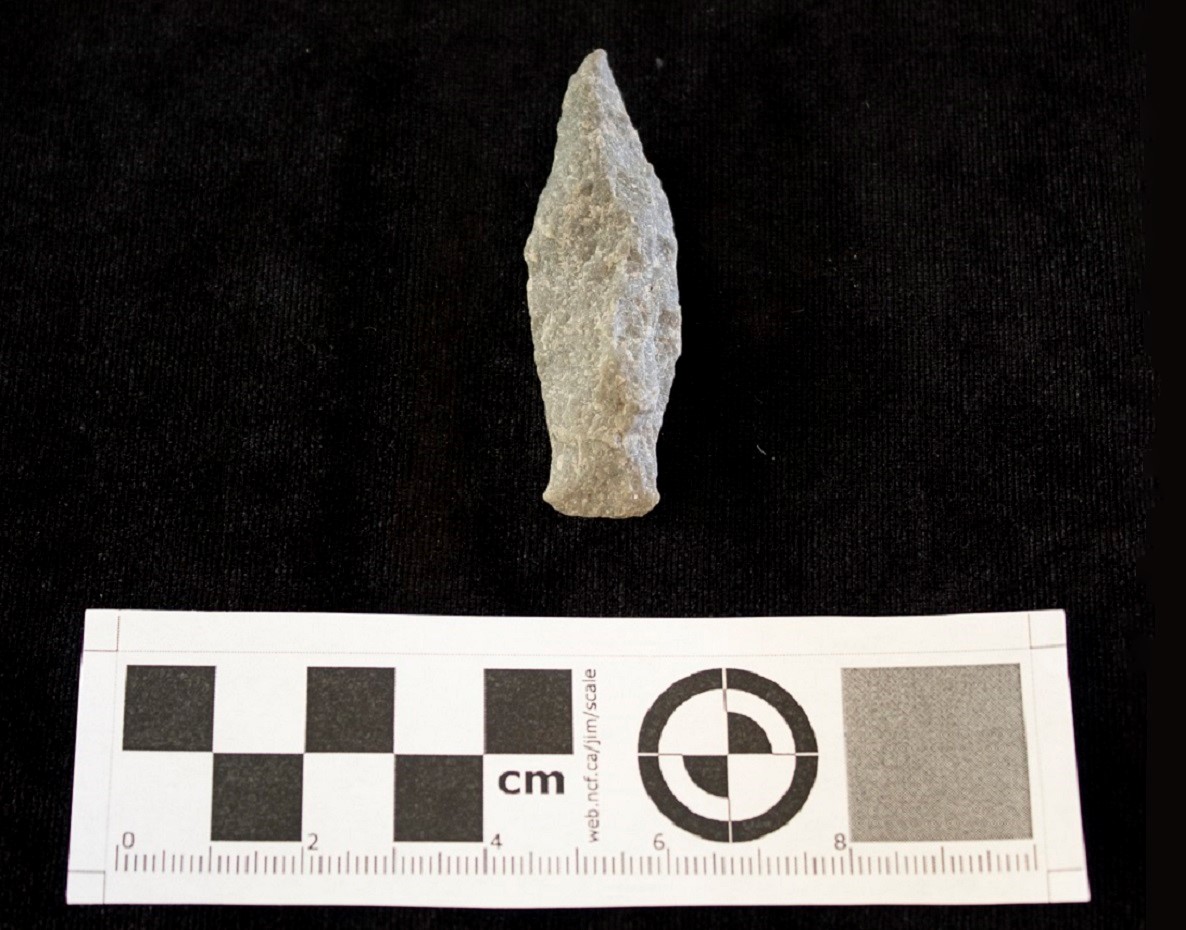
Orient Fishtail Point
-
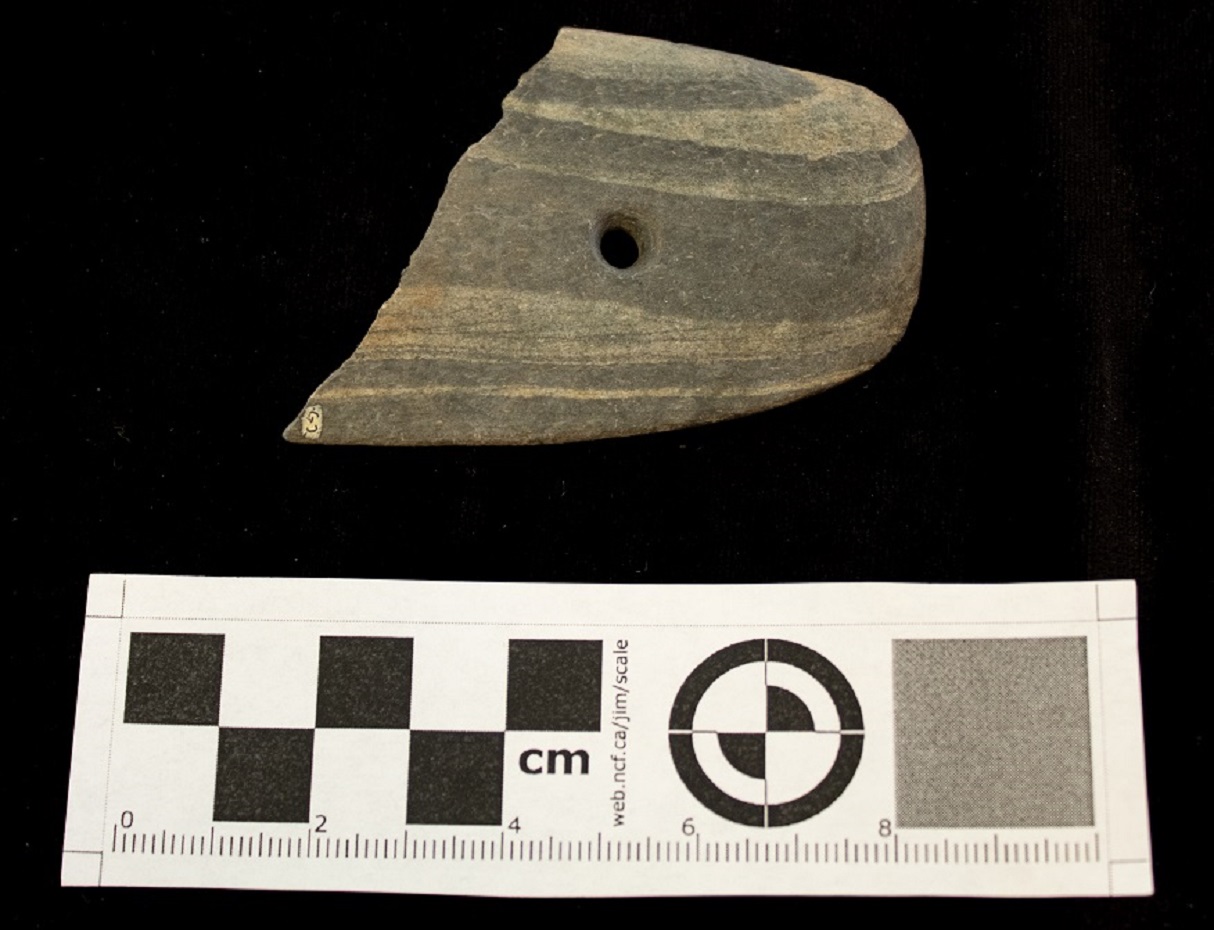
Gorget